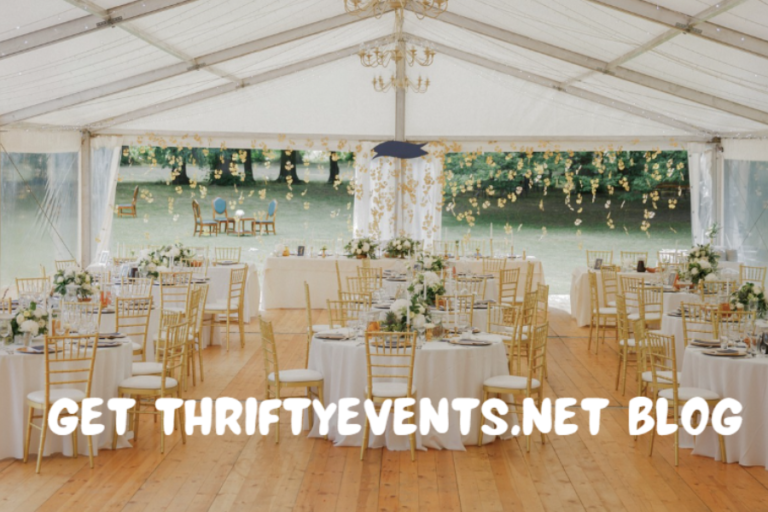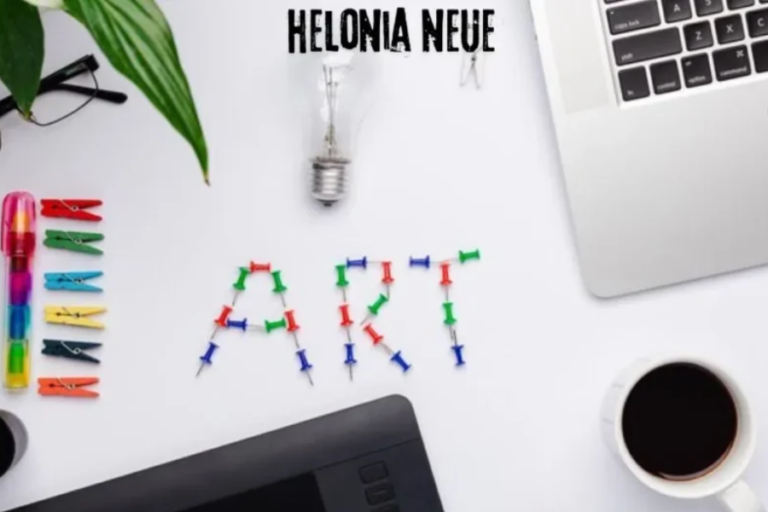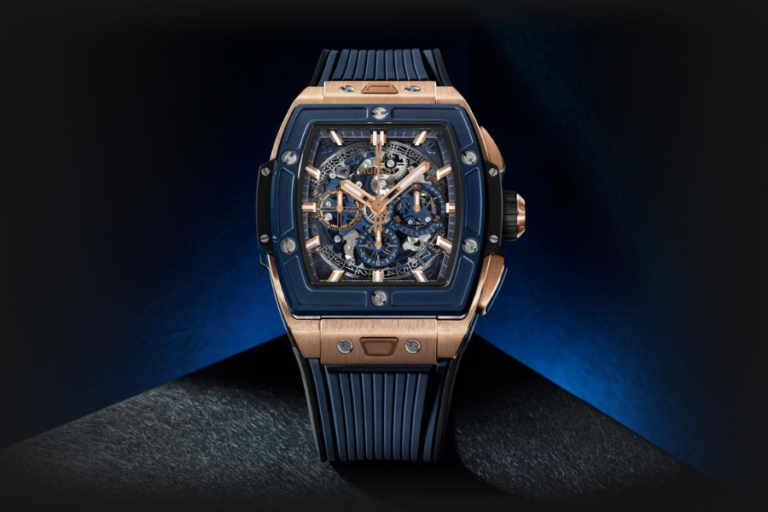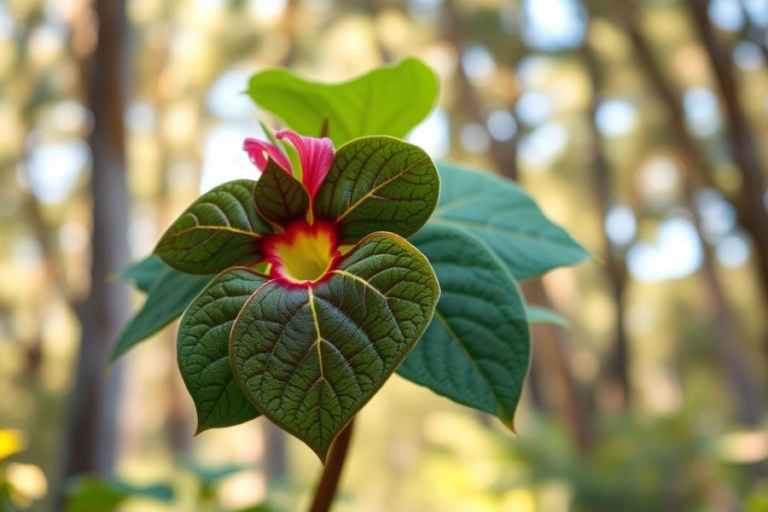The Kuffeye: Bridging Historical Significance and Modern Fashion
Introduction
The Kuffeye, often referred to as the keffiyeh or shemagh, is a traditional scarf deeply embedded in Palestinian culture and history. Far more than just a fashion statement, this distinctive garment represents Palestinian heritage, identity, and resilience. Originally designed for practical use, the kuffeye has evolved into a powerful symbol with significant political and social implications.
Where did the Keffiyeh Originate?
Today, the keffiyeh is widely recognized as a symbol of resistance and solidarity across the Arab world, especially in Palestine. However, its origins trace back to ancient Mesopotamia, around 3100 BC, during the Sumerian and Babylonian civilizations. Originally known as the yamegh or shemagh, this head covering was worn by priests as a mark of high status and honor. These priests were influential figures who governed and managed their lands.
Over time, the keffiyeh transitioned from a symbol of authority to a practical garment for peasants. They used it while working in the fields to shield themselves from the sun and sand, wipe away sweat, and protect against rain and cold weather.
Cultural Significance
A Symbol of Palestinian Identity
The kuffeye is globally known as a powerful emblem of Palestinian identity and solidarity. Its distinctive black-and-white design is instantly recognizable and rich with meaning. Every pattern and knot on the kuffeye reflects deep historical and cultural significance, symbolizing the challenges and hopes of the Palestinian people.
Political Symbolism
In contemporary times, the kuffeye has evolved into a political symbol. It emerged as a powerful emblem of resistance during the Palestinian quest for independence. Notable figures like Yasser Arafat helped popularize the kuffeye, using it to signify unity and defiance against oppression. Today, it remains a potent symbol worn by activists and advocates for Palestinian rights around the world.
How to Wear a Kuffeye
Traditional Methods
Wearing a kuffeye is a skillful practice steeped in tradition. Traditionally, it serves as a headscarf that shields the wearer from the elements. The art of folding and wrapping the kuffeye involves specific techniques, each carrying its unique cultural meaning. Mastering these methods offers a meaningful way to engage with the rich heritage and history of Palestine.
Modern Styles
In modern fashion, the kuffeye is styled in diverse ways. It can be draped around the neck like a scarf, wrapped around the shoulders, or even used as a decorative accessory. Its versatility makes it a perfect match for various outfits, whether casual or formal.
The Keffiyeh in the fashion world?
The keffiyeh’s role in modern fashion is a topic of debate in Palestine, largely due to the use of colors beyond the traditional black-and-white and red-and-white patterns. In the West, the keffiyeh has become a popular fashion trend, with many wearing it without fully understanding its origins, which some view as cultural appropriation.
According to a factory manager, the classic black-and-white keffiyeh, often associated with Yasser Arafat, remains the most iconic and widely sold version worldwide.
While I believe there’s no harm in the keffiyeh becoming a fashionable accessory, it’s crucial for people to recognize and respect its cultural significance. Many global artists feature the keffiyeh in their work, but understanding its symbolism and sharing this knowledge is important.
Judeh, when asked about the controversy, emphasized that maintaining the traditional colors and patterns is important, while the newer, colorful styles predominantly originate from Europe.
Innovation in keffiyeh designs is part of its evolution. Without new styles and colors, the factory might struggle to stay in business, which could result in the loss of jobs for over ten families and the closure of the last keffiyeh factory in Palestine. Just as Palestinian embroidery evolves with new patterns, the keffiyeh, too, adapts and grows.
In Rachel Dedman’s “Labor of Love” exhibition at the Palestinian Museum in Birzeit, a dress inspired by a Pinterest design is displayed. While some may not view it as a traditional Palestinian garment, it raises the question: does introducing new designs and colors diminish its cultural identity? Can Palestinian art and fashion progress while staying true to its roots?
Women’s Fashion
In women’s fashion, the kuffeye stands out with its bold patterns and versatile styling possibilities. From its traditional use as a scarf to modern takes like oversized unisex shorts, this iconic garment seamlessly merges cultural heritage with contemporary style.
For those aiming to make a fashion statement rooted in history and meaning, the kuffeye offers a unique touch of authenticity. Whether elegantly draped around the neck or styled as a chic bohemian headscarf, the kuffeye provides endless opportunities for personal expression.
Celebrating diversity and inclusivity, women from various backgrounds have embraced the kuffeye, seeing it as more than just a trend but as a potent symbol of unity and resilience. Its timeless charm crosses boundaries, appealing to those who value both style and substance in their fashion choices.
Palestinian keffiyeh
The Palestinian keffiyeh, also known as the kuffeye or keffiyeh scarf, is a profound symbol of Palestinian heritage and resistance. This iconic patterned cloth has been a staple in the Middle East for centuries, representing solidarity and a sense of belonging.
During the Ottoman and British eras, the keffiyeh became closely associated with nationalist and anti-colonial movements. It was prominently worn by leaders like Yasser Arafat, further cementing its role as a political symbol.
In the context of the Israeli-Palestinian conflict, the keffiyeh stands as a powerful emblem of resilience and identity for Palestinians around the globe. Its distinctive black-and-white checkered design is widely recognized and revered.
Beyond its traditional roots, the keffiyeh has crossed international borders to countries such as Australia and Canada. There, it is appreciated not only for its cultural significance but also as a stylish accessory.
Whether draped over the shoulders or wrapped around the head, the Palestinian keffiyeh continues to make a bold and impactful statement wherever it is worn.
Ottoman and British Period
During the Ottoman and British periods, the keffiyeh experienced notable changes, mirroring the shifting political climates. Under Ottoman rule, it was a symbol of traditional attire, worn by men and women of all social strata. The detailed patterns on the keffiyeh conveyed cultural identity and regional ties.
When the British Mandate was established in Palestine, the keffiyeh retained its role as a symbol of resistance against colonial rule. Its meaning evolved to signify Palestinian nationalism and unity during challenging times. The black-and-white pattern became a global symbol of Palestinian identity.
The blending of Ottoman and British influences transformed the keffiyeh from a traditional garment into a potent symbol of historical and political significance. Today, it remains a powerful emblem of resilience and cultural heritage amid ongoing regional conflicts.
Israeli–Palestinian Conflict
The Israeli-Palestinian conflict is a multifaceted and long-standing issue, marked by deep-rooted territorial disputes, political tensions, and conflicting national narratives. Over the decades, the conflict has led to significant violence, loss of life, and severe humanitarian challenges for both Israelis and Palestinians.
Both parties have historical claims to the land and aspire for self-determination, with the conflict exacerbated by religious, cultural, and political factors that complicate its resolution. Numerous attempts at peace negotiations have yet to yield a lasting agreement.
International mediators have played a crucial role but have struggled to secure a sustainable resolution. The repercussions of the conflict extend beyond the region, affecting global politics and shaping views on justice and human rights.
As the situation evolves, achieving mutual understanding and fostering dialogue between Israelis and Palestinians remains a persistent challenge, necessitating continued empathy, negotiation, and diplomatic efforts.
Kuffeye Scarf
The Kuffeye scarf, also known as the keffiyeh, is a versatile and iconic accessory with profound cultural significance. Initially worn by Palestinian farmers to shield themselves from sun and dust, this garment has evolved from its practical roots into a global fashion statement.
Featuring a distinctive checkered pattern in black-and-white or red-and-white, the kuffeye scarf symbolizes resilience and unity. Whether draped casually around the neck or styled with an elegant knot, it infuses any outfit with a touch of tradition and sophistication.
From street-style aficionados to red carpet celebrities, the kuffeye scarf has made its mark across various cultures and fashion arenas. Its seamless fusion of tradition and modern flair makes it an essential accessory for those who value both style and cultural depth in their wardrobe.
Kuffeye Thobe
The Kuffeye Thobe is a striking garment that beautifully merges traditional Palestinian design with modern fashion. Adorned with intricate embroidery and featuring elegant draping, this versatile dress is perfect for any occasion.
Its flowing silhouette and vibrant patterns turn the Kuffeye Thobe into more than just clothing—it’s a celebration of cultural pride and heritage. The thobe reflects the resilience and rich history of the Palestinian people, highlighting their unique identity through exquisite craftsmanship.
Whether worn casually or dressed up for special events, the Kuffeye Thobe makes a powerful statement. Its timeless elegance bridges the gap between tradition and contemporary style, offering a classic appeal that endures beyond trends.
For those who want to make a meaningful impact with their fashion choices, the Kuffeye Thobe is an essential piece that honors cultural traditions while showcasing modern sophistication.
Kuffeye Oversized Unisex Shorts
For those looking to make a bold fashion statement, the Kuffeye Oversized Unisex Shorts are a standout choice. Combining ultimate comfort with distinctive style, these shorts are designed for anyone who wants to break away from the ordinary.
Featuring an oversized fit and unique Kuffeye patterns, these shorts radiate cultural pride and individuality. Whether paired with a casual tee or dressed up with a chic top, they offer versatility for any occasion.
Their unisex design promotes inclusivity, allowing everyone to confidently embrace these trendy shorts. Embrace the relaxed yet fashionable vibe of the Kuffeye Oversized Unisex Shorts and let your outfit make a statement about your unique style.
Conclusion
The kuffeye, or keffiyeh, is much more than just a traditional scarf; it is a profound symbol of Palestinian heritage, identity, and resistance. From its origins in ancient Mesopotamia to its role in modern fashion and politics, the kuffeye has evolved while maintaining its cultural significance. As a versatile accessory, it seamlessly blends tradition with contemporary style, making it a powerful statement piece in both global fashion and cultural solidarity.
In today’s world, the kuffeye continues to inspire and unite people across borders, reflecting the rich history and enduring spirit of the Palestinian people. Whether worn traditionally or adapted into modern fashion, the kuffeye remains a cherished emblem of resilience, identity, and heritage.
FAQs
1. What is the kuffeye (keffiyeh)?
The kuffeye, also known as the keffiyeh or shemagh, is a traditional scarf with deep cultural and historical significance, particularly within Palestinian heritage. It features a distinctive checkered pattern and has evolved from a practical garment to a powerful symbol of resistance and solidarity.
2. Where did the keffiyeh originate?
The keffiyeh’s origins trace back to ancient Mesopotamia around 3100 BC, where it was initially worn by priests. Over time, it transitioned to a practical garment for peasants and later became a symbol of Palestinian identity and resistance.
3. How is the kuffeye traditionally worn?
Traditionally, the kuffeye is worn as a headscarf to protect against the elements. It is folded and wrapped in specific techniques that carry cultural meanings. These traditional methods reflect the garment’s historical and cultural significance.
4. How has the kuffeye been adapted in modern fashion?
In modern fashion, the kuffeye is styled in various ways, including draped around the neck or shoulders or used as a decorative accessory. While it remains a powerful cultural symbol, it has also become a fashionable trend, with diverse colors and patterns emerging.
5. What is the significance of the kuffeye in Palestinian culture?
The kuffeye is a symbol of Palestinian identity, resistance, and solidarity. Its black-and-white design, popularized by figures like Yasser Arafat, represents the challenges and aspirations of the Palestinian people.
6. How has the kuffeye been used in political contexts?
The kuffeye has served as a symbol of resistance and unity in the Palestinian quest for independence. It has been worn by activists and leaders to signify defiance against oppression and support for Palestinian rights.
7. Are there any controversies associated with the kuffeye’s use in fashion?
Yes, the kuffeye’s use in fashion, especially in colors and patterns beyond the traditional, has sparked debates about cultural appropriation. While its adaptation into modern styles is seen as an evolution, it is important to respect and understand its cultural significance.
8. What are some modern adaptations of the kuffeye?
Modern adaptations include the Kuffeye Oversized Unisex Shorts and the Kuffeye Thobe. These designs merge traditional patterns with contemporary fashion, offering versatility and unique style while honoring cultural heritage.
9. How can someone incorporate the kuffeye into their wardrobe respectfully?
To incorporate the kuffeye respectfully, it is important to understand and honor its cultural and historical significance. Wearing it in traditional styles or acknowledging its meaning can help maintain its integrity while embracing its fashionable aspects.
10. Where can one purchase a kuffeye?
Kuffeye scarves can be purchased from various sources, including specialty stores, online retailers, and cultural shops. Authentic options are often found through Palestinian artisans or organizations that support traditional crafts.
Stay connected for the latest news and updates on Times Cycle






